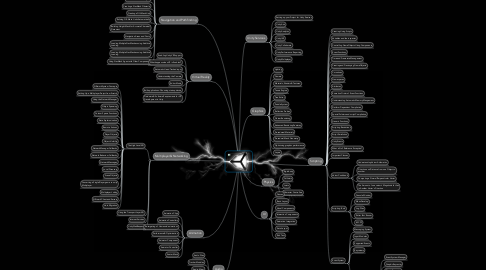
1. Multiplayer & Networking
1.1. The High Level API
1.1.1. NEtwork System Concepts
1.1.2. Setting Up a Multiplayer Project from Scratch
1.1.3. Using the Network Manager
1.1.4. Object Spawning
1.1.5. Custom Spawn Functions
1.1.6. State Synchronization
1.1.7. Remote Actions
1.1.8. Player Objects
1.1.9. Object Visibility
1.1.10. Network Manager Callbacks
1.1.11. Network Behaviour Callbacks
1.1.12. Network Messages
1.1.13. Local Discovery
1.1.14. Scene Objects
1.1.15. Converting a Single-Player game to unity Multiplayer
1.1.16. Multiplayer Lobby
1.1.17. NEtwork Client and Servers
1.1.18. Host Migration
1.2. Using the Transport Layer API
1.3. Internet Services
1.4. UnityWebRequest
2. Audio
2.1. Audio Files
2.2. Tracker Modules
2.3. Audio Mixer
2.4. Native Audio Plugin SDK
2.5. Audio Profiler
3. Animation
3.1. Animation Clips
3.2. Animation Controllers
3.3. Re-targeting of Humanoid animations
3.4. Performance & Optimization
3.5. Animator Component
3.6. Animator Controller
3.7. Avatar Mask
4. Navigation and Pathfinding
4.1. Navigation System In Unity
4.2. Inner Workings of The Navigation System
4.3. Building a NavMesh
4.4. Advanced NavMesh Agent
4.5. Creating a NavMesh Obstacle
4.6. Creating a Off-Mesh Link
4.7. Building Off-Mesh Links Automatically
4.8. Building Height Mesh for Accurate Character Placement
4.9. Navigation Areas and Costs
4.10. Loading Multiple NavMeshes using Additive Loading
4.11. Loading Multiple NavMeshes using Additive Loading
4.12. Using NavMesh Agent with Other Components
5. Virtual Reality
5.1. Enabling Unity VR Support
5.2. What happens when VR is Enabled?
5.3. Automatic Head Tracked input
5.4. Understanding the Camera
5.5. Editor Mode
5.6. Built applications: Choosing startup device
5.7. Hardware & Software Requirements for VR Development in Unity
6. Graphics
6.1. Lighting
6.2. Camera
6.3. Materials, Shaders & Textures
6.4. Terrain Engine
6.5. Tree Editor
6.6. Particle System
6.7. Reflection Probes
6.8. Cluster Rendering
6.9. Advanced Rendering Features
6.10. Procedureal Materials
6.11. Procedural Mesh Geometry
6.12. Optimizing graphics performance
6.13. Layers
7. Physics
7.1. Rigidbody
7.2. Colliders
7.3. Joints
7.4. Character Controllers
8. Scripting
8.1. Creating Using Scripts
8.2. Variables and the inspector
8.3. Controlling GameObjects Using Components
8.4. Event Functions
8.5. Time and Framerate Management
8.6. Creating and Destroying GameObjects
8.7. Coroutines
8.8. Namespaces
8.9. Attributes
8.10. Execution Order of Event Functions
8.11. Understanding Automatic Memory Mangement
8.12. Platform Dependent Compilation
8.13. Special Folders and script Compilation
8.14. Generic Functions
8.15. Scripting Restrictions
8.16. Script Serializtion
8.17. UnityEvents
8.18. What is Null Reference Exception?
8.19. Important Classes
8.20. Vector Cookbook
8.20.1. Understanding Vector Arithmetics
8.20.2. Direction and Distance from one Object to another
8.20.3. Computing a Normal/Perpendicular Vector
8.20.4. The Amount of one vector's Magnitude tht lies in Another Vector's Direction
8.21. Scripting Tools
8.21.1. Console Window
8.21.2. MonoDevelop
8.21.3. Log Files
8.21.4. Editor Test Runner
8.21.5. IL2CPP
8.22. Event System
8.22.1. Messaging System
8.22.2. Input Modules
8.22.3. Supported Events
8.22.4. Raycasters
8.22.5. Event System Reference
8.22.5.1. Event System Manager
8.22.5.2. Graphic Raycaster
8.22.5.3. Physics Raycaster
8.22.5.4. Standalone Input Module
8.22.5.5. Touche Input Module
8.22.5.6. Event Trigger
